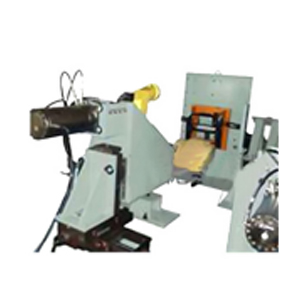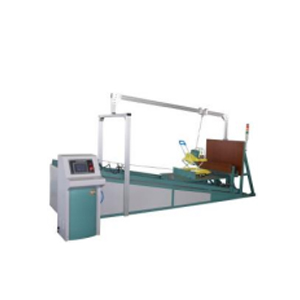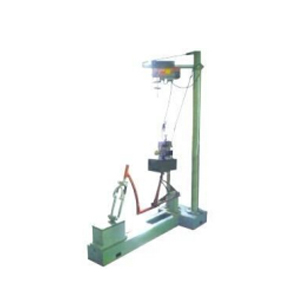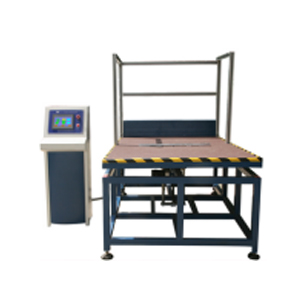LT-CZ 18 Car frame vibration testing machine
|
Product Description |
| Frame vibration test machine is used for the 510-710mm frame / front fork assembly impact test. The assembly support is in the normal service position on the rear axle. Tighten the standard load iron on the saddle pipe, lift the assembly to make the center of gravity of the load iron perpendicular to the rear axis, and impact on the steel at free fall. The handle / saddle torque test table is used to test the handle riser and saddle adjustment clamp strength for 20 “to 28″ bicycle tests. |
|
Technical parameters |
| 1. Handle moment: 0~500N |
| 2. Horizontal moment of the saddle: O ~500N |
| 3. Saddle vertical moment: O ~1000 N |
| 4. Resolution: O.1 N |
| 5. Error: 1%F.S |
| 6. Working power supply: A C 220V (dynamometer); 380V (lifting motor) |
| 7. Overall dimensions: 1820 * 815 * 1750mm |
| 8. Weight: about 400 k g |
|
Product features |
| 1. This machine is composed of frame, clamping and regulating device, three-way dynamometer and test accessories. The dynamometer adopts high-precision sensor and single-chip microcomputer as the main devices, with high precision and stability. |
| 2. Using the dynamometer test can easily change the load amount, and can test the product performance at different load amount. |
|
Standards |
| meet the “Bicycle Product Quality Classification Regulations”, QFG 1.1-94, QFG 1.2-94, GB l776l-l 999 “General Technical Conditions for electric bicycles”, ISO 42l0 “International Safety Standard”, GB 3565 “Bicycle Safety Requirements” and other relevant standard requirements. |
Write your message here and send it to us



















